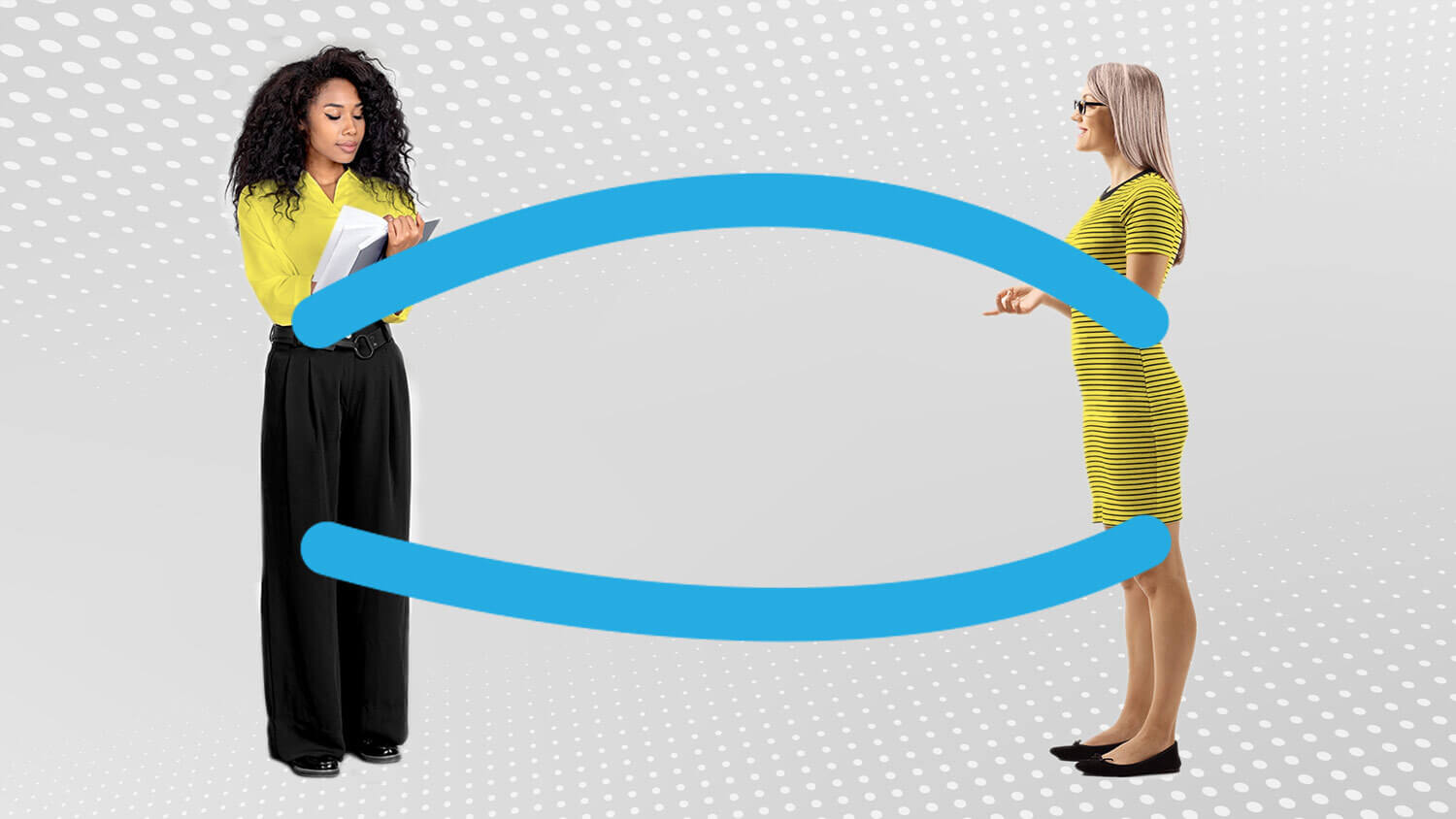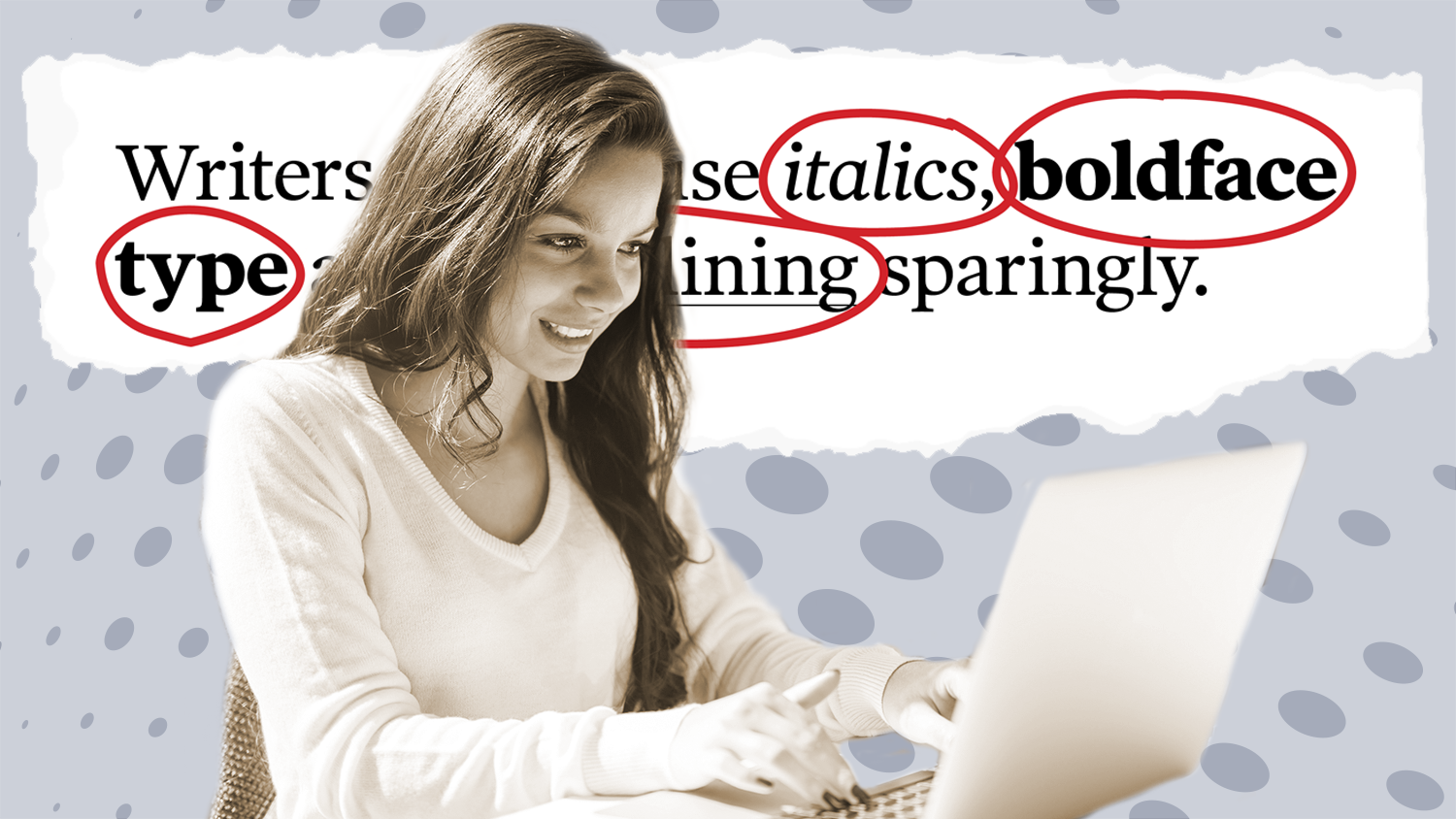The Power of Diverse Voices is a transformative, four-day seminar that helps journalists of color find their voices and build skills for writing opinion pieces and personal essays.
With the support of expert instructors and fellow journalists of color, you’ll develop the confidence and skills to share your unique perspective in persuasive writing. You will learn both through instruction as well as intensive coaching in small writing groups. You will focus on fact-based opinion writing — and using social media to spark a conversation — across platforms.
The seminar is led by Tom Huang, a senior editor at The Dallas Morning News who has been a champion of diverse storytellers for 35 years and who has taught at Poynter for 20 of those years.
This in-person, immersive experience will foster the diversity of voices necessary in the profession and train the next generation of opinion writers from a wide spectrum of backgrounds. Additionally, it will explore how opinion writing plays a vital role in explanatory, features and watchdog journalism, and is important in a thriving democracy.
“Before this program, I doubted how my unconventional path and story could make me a stronger journalist. In fact, I hesitated to even call myself a ‘journalist’ due to my perceived lack of experience. This all changed the minute I stepped into the first workshop. In three days, strangers became friends, confidants and supporters. There is power in uniting people who are usually overlooked in traditional newsrooms. Being in the same room with journalists of color, looking people in the eye and finding camaraderie not only boosted morale but also affirmed the power we hold with our personal experiences, our stories and the way in which we navigate the world. This workshop encouraged me to wholeheartedly own my identity, embrace the power in our stories and to leverage what I know to be a better person as well as journalist.” — Vicky Diaz-Camacho, multiplatform producer, WHYY News, Philadelphia
Accepted applicants will join an active and successful alumni group. Their work has appeared in online publications, like Esther Tseng’s column on Catapult about her white friend’s silence after the 2021 Atlanta shootings, and Martin Tsai’s essay on Into about loneliness; on podcasts such as This Land series by Rebecca Nagle; and in national outlets such as Iris Kuo’s column in The Atlantic on the ‘whitening’ of Asian Americans, Russell Contreras’s story for the Associated Press about his family surviving five generations of Houston storms, and María Inés Zamudio’s column in The Washington Post’s The Lily on suicide in the Mexican community.
Many award-winning works originated or developed during this workshop. Harry Mok, assistant opinion editor at the San Francisco Chronicle and a graduate of Poynter’s 2021 workshop, earned AAJA’s Excellence in Commentary for his piece about belonging as an “Asian kid in a California farm town.” Ismael Pérez, another 2021 alum and Chicago Sun-Times editorial board member, won first place in the Society of Features Journalism General Commentary Portfolio category for his column “Living with an addict during the pandemic.”
More than 90% of previous participants rated their experience as “exceptional,” like Alejandra Salazar, story editor with the TED Audio Collective and a graduate of the 2018 workshop:
“In the never-ending shuffle, it becomes all too easy to conform to a norm that often excludes the voices of women, of people of color, of LGBTQ+ communities, of minorities — voices like my own. But my weekend at Poynter was a vital, affirming experience that reminded me of the power of storytelling, and of the importance of diversity within that storytelling. The skills, connections, support and confidence I gained in this program truly made it one of the most important and formative experiences in my career.”
Here’s what other attendees have said about the program:
“Spending a few days in a room where minorities are the majority truly changed my life “I felt so empowered by the traits and experiences that the world or the industry often considers faulty. Throughout the weekend, I was able to, for the first time, spend more time working on crafting fresh takes and nuanced opinions, and less time explaining why I’m pitching the ideas in the first place.” — Ashley Lee, 2018 alum and staff reporter at the Los Angeles Times
“One of the best things about this workshop is the balance of being both nurtured and challenged. My workshop experiences definitely challenged me to more carefully consider whose voices I’m centering in my stories. It also taught me the universality of our experiences and the real human connection that can happen when you’re not afraid to be exactly who you are.” — Elizabeth Myong, 2021 alum and Arts Access reporter/producer with KERA and The Dallas Morning News
“I came into this cohort convinced that my sole purpose as a journalist was to document how others navigated the world, but learned from my session leaders and peers … that my story might help others to heal. By sharing it with the world, I found a deeper connection to my science reporting and started to heal parts of myself that I’d believed were already resolved. More than ‘career advancement,’ Power of Diverse Voices provided me the development and support that I didn’t know I needed. — Juan Michael Porter II, 2021 alum and senior editor of TheBody.com
History and funding
The Power of Diverse Voices workshop grew out of a collaboration between the Association of Opinion Journalists and The Poynter Institute. The original writing workshop for journalists of color ran for nearly two decades at Vanderbilt University before coming to Poynter in 2015. The curriculum was revamped in 2016 under lead faculty Tom Huang.
Funding for Power of Diverse Voices comes from an endowment that was established by the Association of Opinion Journalists, an organization that eventually merged with the News Leaders Association. Since neither organization is in operation any longer, Poynter manages the endowment to ensure the continuation of the program.
Questions?
If you need assistance, email us at info@poynter.org.








